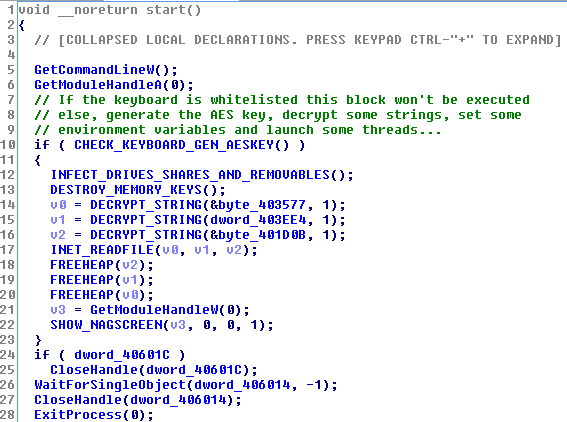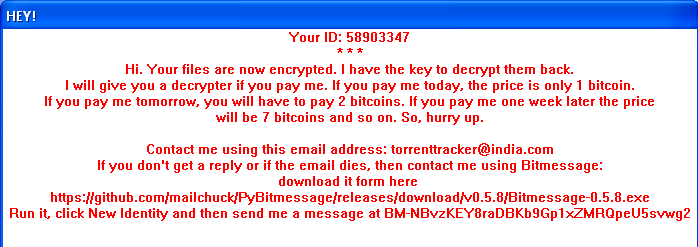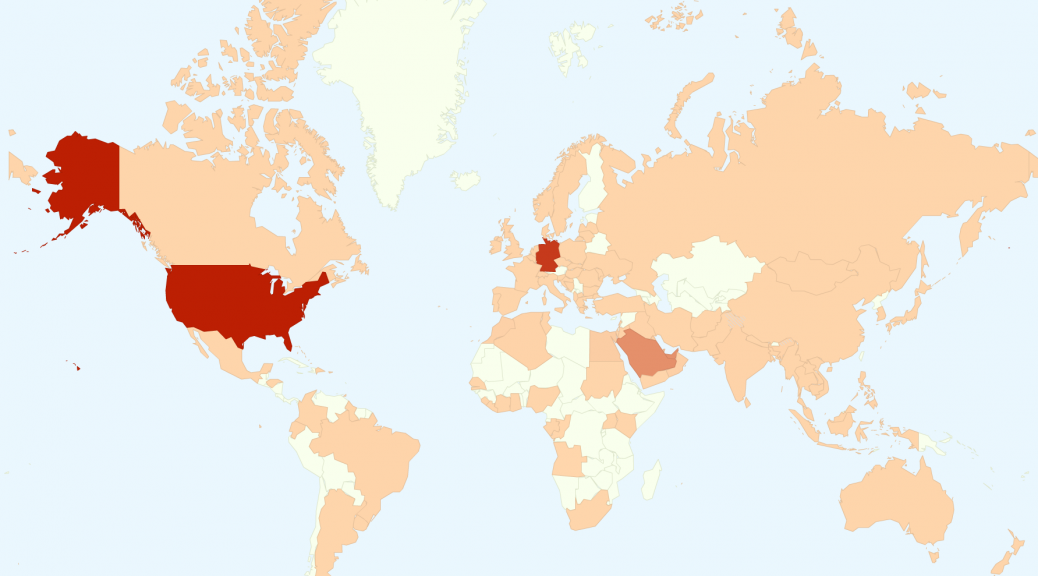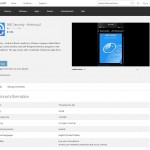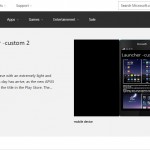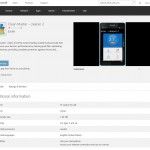
A few days ago Tal Liberman, a security researcher from the company enSilo revealed a new code injection technique that affects all Windows versions up to Windows 10. Due to the nature of this technique it is unlikely that it can be patched. In this article I’d like to shed light on this attack, its consequences and what can be done in order to protect ourselves.
How does it work?
Basically this attack takes advantage of the own operating system to inject malicious code and then use some legit process to execute it. Although it is not that different to what malware has been doing for ages (malware has been injecting itself in running processes for decades) it is true that the use of the atom tables (provided by Windows to allow applications to store and access data) is not common, and it is likely to go unnoticed by a number of security solutions.
This attack is not common, and it is likely to go unnoticed by a number of security solutions.
The best explanation you can find so far is the one made by Tal in his blog “AtomBombing: A Code Injection that Bypasses Current Security Solutions”.
If there is no patch and it affects all Windows versions, does it mean that we are under great danger?
Not really. First, in order to use this technique malware has to be able to be executed in the machine. This cannot be used to remotely attack and compromise your computer. Cybercriminals will have to use some exploit or fool some user into downloading and executing the malware, hoping for the security solutions in place not to stop it.
Is this really new?
The way the attack is performed to inject code is new, although as I mentioned earlier malware has used malware injection techniques for a long time, for instance you can see that in many ransomware families.
 New, but not that dangerous… why the panic?
New, but not that dangerous… why the panic?
As I said first malware has to be executed in the machine, but we know that at some point this will happen (not a matter of IF, but WHEN.)
Many security solutions have the ability to detect process injection attempts, however to do this they rely on signatures, therefore many of them are not able to detect this particular technique nowadays. On top of that, many of them have a list of trusted processes. If the malicious code injection happens in one of them, all security measures from that product will be bypassed.
Finally, this attack is really easy to implement, now that it is known there will be a number of cybercriminals implementing it in their malware sooner than later.
What can we do to protect our company’s network?
On one hand, traditional antimalware solutions are great to detect and prevent infections of hundreds of millions of different threats. However they are not that good at stopping targeted attacks or brand new threats.
On the other hand we have the so called “Next Gen AV”. Most of them claim that they do not use signatures, so their strength come from the use of machine learning techniques, which have evolved greatly in the last few years, and they have shown they are pretty good at detecting some new threats. As they know their weakness is that they are not that good stopping all threats, they have a great expertise in post-infection scenarios, offering a lot of added value when a breach has already happened. Another issue they have is that machine learning won’t give you a black or white diagnosis, which translates into high false positive rates.
Using traditional antimalware + Next Gen AV is the best approach?
Not the best, although it is better than using just one as they can complement each other. It has however a few downsides. As a starter you have to pay for both. Although it can be justified due to the overall protection improvement, it means you will need extra budget for the extra work (false positive exponential growth coming from Next Gen solutions, different consoles to manage each one, etc.) Performance can become an issue is both are running in the same computers. And finally these solutions don’t talk to each other, which means you are not taking full advantage of the information each one handles.
Panda Solutions for Companies combine the power of the traditional solutions and the machine learning techniques.
The best solution is one that has both capabilities, one that has the power of traditional solutions as well as long experience in machine learning techniques combined with big data and cloud. Working together and exchanging information, with a continuous monitoring of all running processes, classifying all programs that are executed on any computer of your corporate network and creating forensic evidences in real time in case of any breach. Only deploying a small agent that will take care of everything, using the cloud for the heavy-processing tasks offering the best performance in the market. In other words, Adaptive Defense 360.
The post AtomBombing, a new threat to your Windows appeared first on Panda Security Mediacenter.

